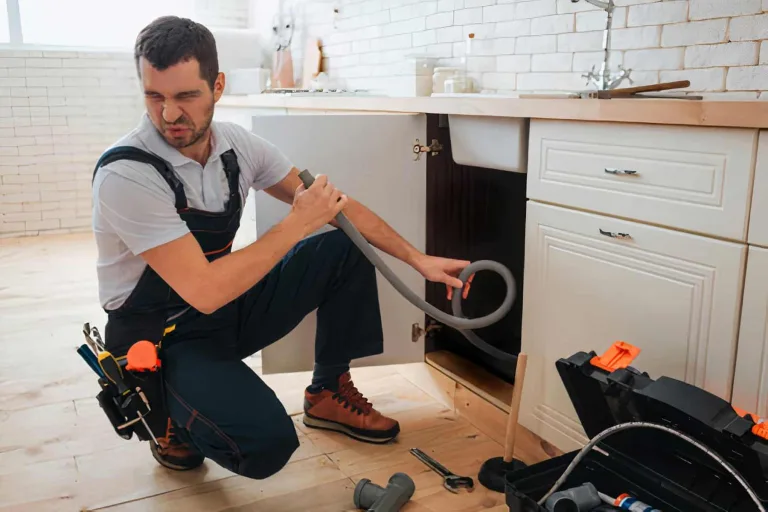Extreme Weather and the Hidden Toll on Everyday Spaces
Here’s something you don’t hear every day: a couple recently got married in a church completely flooded with knee-deep water. No, it wasn’t staged. It was a real wedding in the Philippines, where they stood smiling while guests waded through floodwater.
Romantic? Maybe. Sadly, it’s also a vivid reminder that extreme weather isn’t something that hits coastal towns or far-off islands. We’re seeing it seep into everyday spaces.
And while the sky isn’t falling, smart communities and small businesses are asking: Are we ready for what’s coming?
A good place to start? The roof over your head. Commercial roof repair may not be the most glamorous part of climate resilience. However, it’s quickly becoming one of the most important.
The Everyday Impact of a Not-So-Everyday Forecast
You’ve probably noticed how the weather feels… off. A little hotter here, a lot wetter there.
The European Commission claims that Europe is facing more frequent and intense extreme weather events, including record-breaking heatwaves.
We’re not explicitly talking about temperature spikes or stronger winds. Everyday things we don’t think about until they fail, like roofs, floors, and HVAC systems, are quietly causing havoc.
A powerful storm may not blow your building away. It could, however, result in water damage, mold, or collapsed ceilings weeks later. By then, you have no other choice but to replace your existing roof.
For small businesses or community buildings operating on tight budgets, a roof replacement means closed doors. And nobody can afford downtime in the current economic climate.
Roofs: The First Line of Defense
Unlike a cracked window or a flooded driveway, roof damage isn’t obvious right away. On the other hand, the effects can be expensive and sneaky.
Persistent leaks, weakened insulation, and trapped moisture are all common signs that a roof has taken a beating. Reliable Roofing & Restoration explains that neglecting roof damage can result in thousands of additional repair costs down the line.
Here’s an interesting thought: not all roofing systems are built for today’s climate. Many were designed decades ago, based on weather patterns that are no longer predictable.
Real Stories, Real Lessons
In Gulf Coast states, where roofs are regularly tested in extreme weather, commercial building owners are seeing roofing materials degrade much faster.
One Florida-based roofer says that the average roof lifespan has decreased by five to 10 years in some regions due to rising temperatures and humidity.
Now translate that to a school in New Jersey or a co-working space in Manhattan. When the weather gets weird, nobody’s off the hook.
What Can Small Business Owners and Community Leaders Do?
No, you don’t need to panic or build an underground bunker. However, you do need a plan.
Start with an Inspection
Just because you haven’t spotted a leak doesn’t mean your roof isn’t vulnerable. Regular inspections following major weather events can catch small problems before they escalate into budget-busting disasters.
Professional roofing contractors recommend annual roof checkups and commercial roof maintenance, particularly in areas prone to heavy rainfall or rapid temperature swings.
Upgrade Materials Where You Can
If your roof is due for repair or replacement, ask commercial roofing services about high-quality materials designed for extreme weather resistance.
Cool roofing, reflective membranes, and reinforced roofing solutions cost a bit more upfront, but they pay off in longevity and lower energy bills. Think of it as weather-proofing your investment because that’s exactly what it is.
Make Maintenance Part of Your Budget, Not a Panic Purchase
Maintenance rarely makes it to the top of a small business’s budget priorities. What if it saved you from shutting down for a week?
Set aside a yearly amount for inspections and minor repairs. It’s not roof care; it’s business continuity insurance.
Optimism in Action
The bright side? We’re not powerless. Many local governments, small businesses, and nonprofits are already leading the charge in smarter infrastructure planning.
After a flash flood destroyed the ceiling of a bookshop in southern England, the owner worked with a commercial roofing team to redesign the entire top level.
They installed water-resistant panels and improved drainage. Six months later, the shop re-opened, leak-free, with a cozy upstairs reading lounge.
Moments like these remind us: resilience is about bouncing back better.
Fix It Before You Regret It
You don’t need to overhaul the planet. But taking care of your roof? That’s a pretty good place to start. Because the next time a storm rolls in, you’ll want to be worrying about what’s for dinner, not whether your ceiling is going to cave in.






